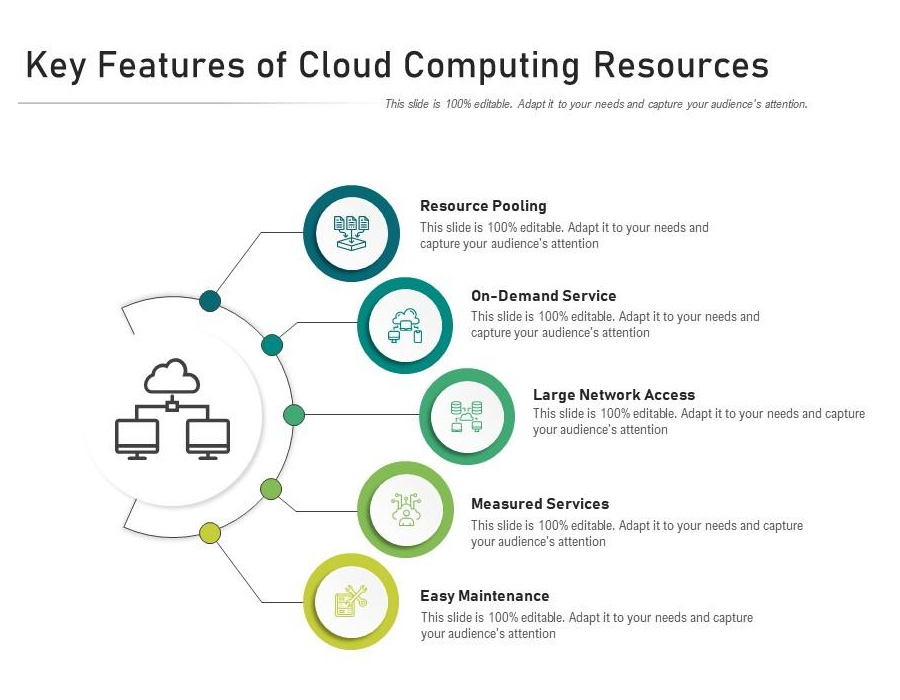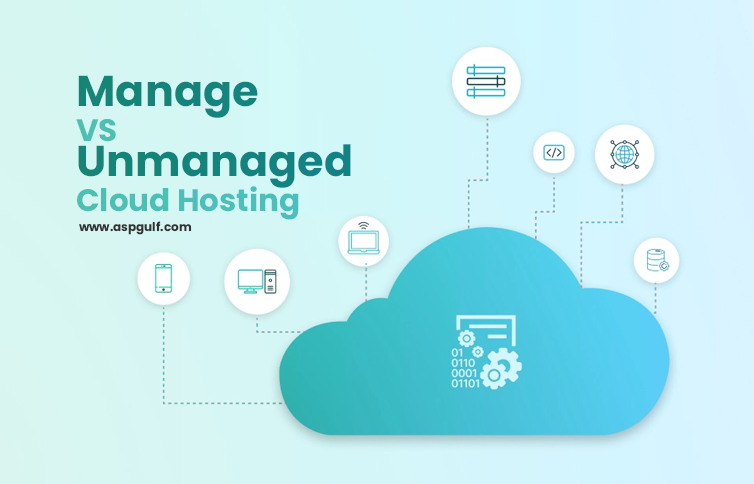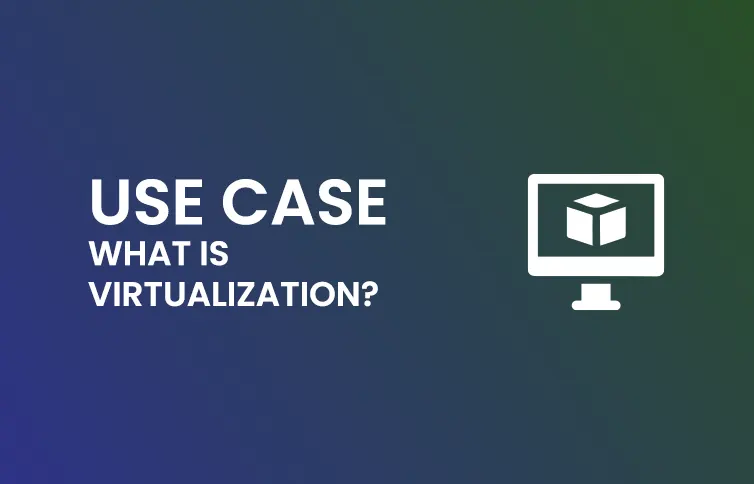What is a cloud application?
A software program where cloud-based and local components work together is called cloud app or cloud application.
The utilizations of distributed computing are for all intents and purposes boundless. With the privilege middleware, a distributed computing framework could execute every one of the projects an ordinary PC could run. Conceivably, everything from nonexclusive word handling programming to tweaked PC programs intended for a particular organization could chip away at a distributed computing framework.
There are few reasons listed below to understand the need to depend on another PC framework to run projects and store information.
Technology has progressed to a point where clients have the capacity to access their applications and information from any part of the world. Unlike a few years ago, access of information using a computer framework today connected to the internet has made it simple and easy. Leading companies of the world have their applications operating in the cloud. They are considered to be a mix of conventional and desktop applications.

Cloud applications does not consume large amount of data storage space in the user’s communication device or computer. The user with faster internet connection, an efficient cloud application can offer the interaction of desktop applications with the portability of web applications. With the use of cloud applications, if data security is maintained the cloud computing gets edgy.
As a result introducing cloud applications the workstation and different equipment costs are reduced. The need to purchase a PC with optimal level of configuration of memory would not be required. A huge hard drive may not be required since all data will be stored on a remote PC. On the other hand purchase of reasonable workstation and requirement for cutting edge equipment is automatically reduced. The terminal could incorporate a screen, input gadgets like a console and mouse and simply enough preparing energy to run the middleware important to associate with the cloud hosting. You wouldn’t require a huge hard drive since you’d store all your data on a remote PC. The cost to purchase programming license for each representative is reduced.
Organizations need to accomplish their objectives; therefore they need to have the programming setup correctly. The need of programming licenses for each representative is no more required in the distributed computing framework. On the other hand the organizations can pay a metered charge to a distributed computing organization.
The cost involved for Servers and computerized stockpiling gadgets consume up room. A few organizations lease physical space to store servers and databases since they don’t have it accessible on location. Distributed computing gives these organizations the choice of putting away information on another person’s equipment, evacuating the requirement for physical space toward the front. Many organizations are investing to support and strengthen their IT. The issues will be few if the equipment is streamlined in comparison to the system with heterogeneous machines and working framework. On the off chance that the distributed computing framework’s back end is a lattice registering framework, then the customer could exploit the whole system’s preparing power. Researchers and analysts work with figuring’s unpredictable that it would take years for individual PCs to finish the assigned task. In a framework of networking the customer could send the computation to the cloud for handling. The cloud framework would take advantage of the handling force of every single accessible PC toward the back, essentially accelerating the count.
While the advantages of distributed computing appear to be persuading, are there any potential issues? Discover in the following area.



